“Smart Citizen Kit” by Fab Lab Barcelona, European Commission and Seeed Going Global: Environmental Monitoring for Civic Participation in Urban and Suburban Communities
By Ye Seong SHIN 3 years agoSmart Citizen Kit is a completely open-source environmental monitoring device developed for the global Smart Citizen Project by Seeed, Fab Lab Barcelona, IAAC, and European Commision. This Kit allows citizens to easily measure, collect, integrate, and visualize data on an openly-shared platform that will help the citizens to tackle local challenges in their communities. This Project seeks to influence the UN’s SDGs 1, 12, 3, 16, 17, 13, 4, 6, 10, 5 and 9.
Project Name: Smart Citizen Project
Deployment Location: Global
Targeted Industry Type: Environmental Monitoring
Project Partner(s): 
The world is filled with unpredictable socioeconomic and environmental variables that affect the health and life quality of the people living within: you and I, i.e., “us”. Exacerbated by industrialization, consumerism, construction, and climate change, there are many aspects of glocal – globally common and locally happening – challenges in our contemporary societies. Think of air, soil, noise, chemical and environmental pollution, for example. These areas of concern are causing various atypical physical symptoms like sudden difficulty in breathing, coughing, sneezing, feeling weak, and vulnerable population groups – elderly people and children – getting sick more often (Fab Lab Barcelona, 2018).
Unfortunately, the severity of such local environmental issues goes unnoticed, and oftentimes, they are neither documented nor understood properly, because we are lacking tools, expertise, and data on those environmental conditions. When intervention has to be taken to tackle such issues, the most fundamental thing is to understand the challenges with all relevant stakeholders, including the people in local communities affected by those issues. Likewise, a growing international trend of bottom-up technological innovation highlights the significance of project inclusion of citizens in our society, who are perceived to be: challenge-owners, citizen scientists, and challenge-solvers (Figure 1). As Drew Hemment, the CEO of Future Everything, shared:
“Our cities are being flooded with sensors, and most of that information is centralized, and people never see it [=collected information]. … So, it shapes our lives, but not in a way that we can reach out and touch, and not in a way that we can influence. I think the real power is to put these tools in the hands of people.” (Fab Lab Barcelona, 2018)
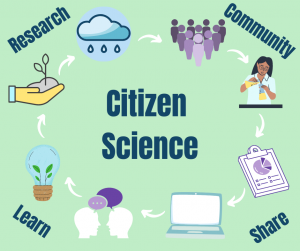
Figure 1. Roles of Citizen Science (Ward et al, 2020)
What’s the Challenge?
How to enable citizens to monitor their environmental surroundings and solve their local challenges?
What’s the Project About?
Since 2012, Fab Lab Barcelona has been working to empower local communities to better understand their environment by developing open tools for citizens – a paradigm shift for citizen-centric projects. The Smart Citizen Project is operated by “a community of passionate people who believe the environmental data is critical for political participation at all levels”. As a community, they created a unique ecosystem of sensing devices, software platforms, and hardware tools that genuinely enable local community members to monitor their surrounding environmental conditions, and take necessary actions to address local challenges with multi-stakeholders. The Project was organized by Institute of Advanced Architecture of Catalonia (IAAC), Fab Lab Barcelona, and was co-funded by the European Commision. (Fab Lab Barcelona, 2019). The Smart Citizen Project wanted to explore how open course technologies, digital makers, and open design can benefit local communities for which Seeed helps manufacture “Smart Citizen Kit” (Figure 2).
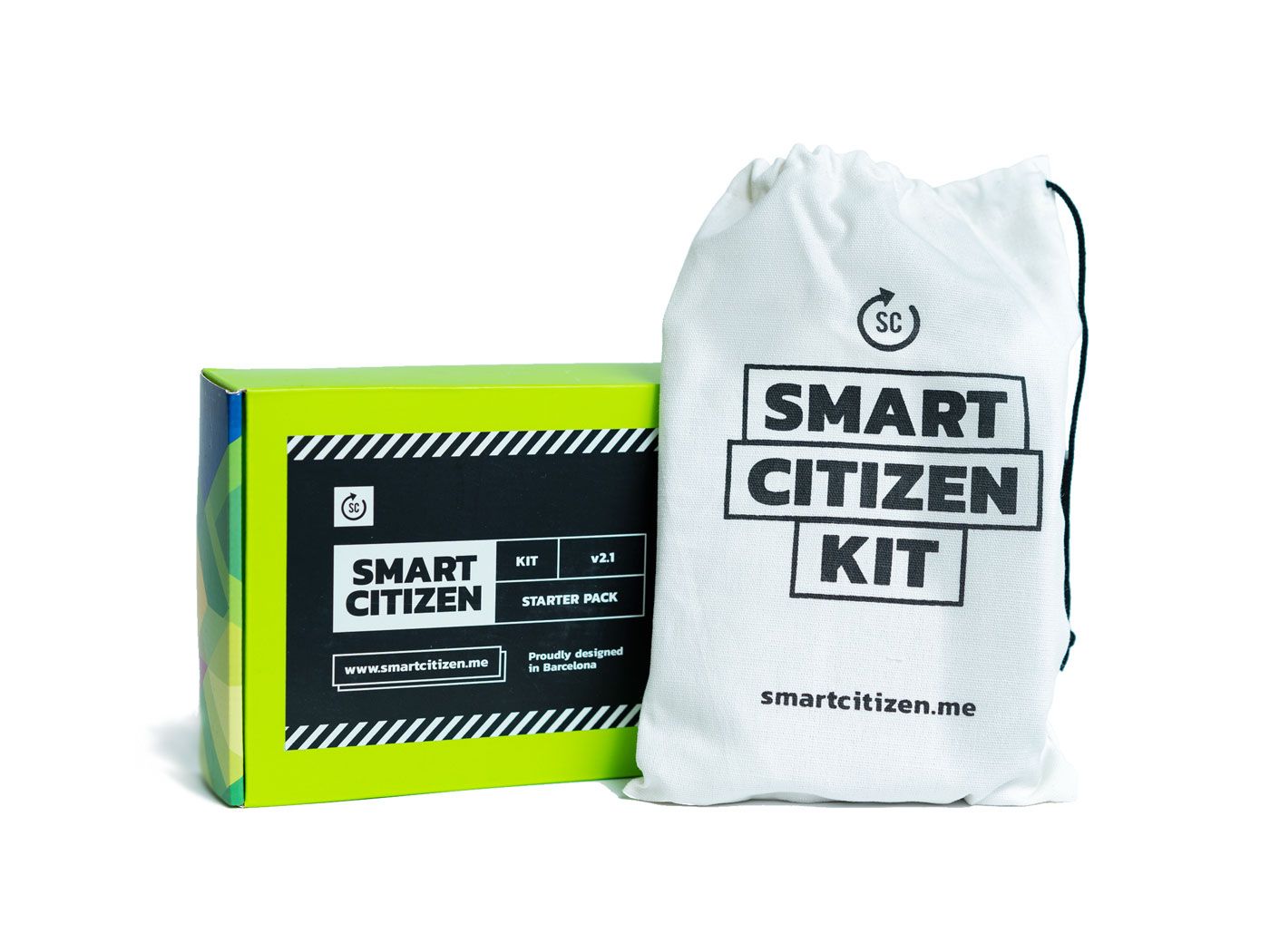
Figure 2. Seeed’s Smart Citizen Kit
Smart Citizen Kit is a completely open-source environmental monitoring device, which is manufactured, sold, and distributed by Seeed. The Kit allows people to easily measure, collect, integrate, visualize the data on an openly-shared platform. Since various local communities would need different sensors for monitoring the environment, different versions of the Kit are available for customization. In this way, we support co-creating the devices with communities, and for communities. A basic Smart Citizen Kit includes air temperature, humidity, noise, light, barometric pressure, CO2, particle, and volatile organic compound sensors. As for the rest of the components of the Smart Citizen Kit, there are 8 hardware products inside (Figure 3):
- SCK Data Board 2.1
- SCK Urban Sensor Board 2.1
- Particles Sensor PMS 50003
- Rechargeable Battery (2000 mAh)
- Micro USB Cable
- Power Adapter
- MicroSD Card with SD Adapter
- Cloth Bag for Storage
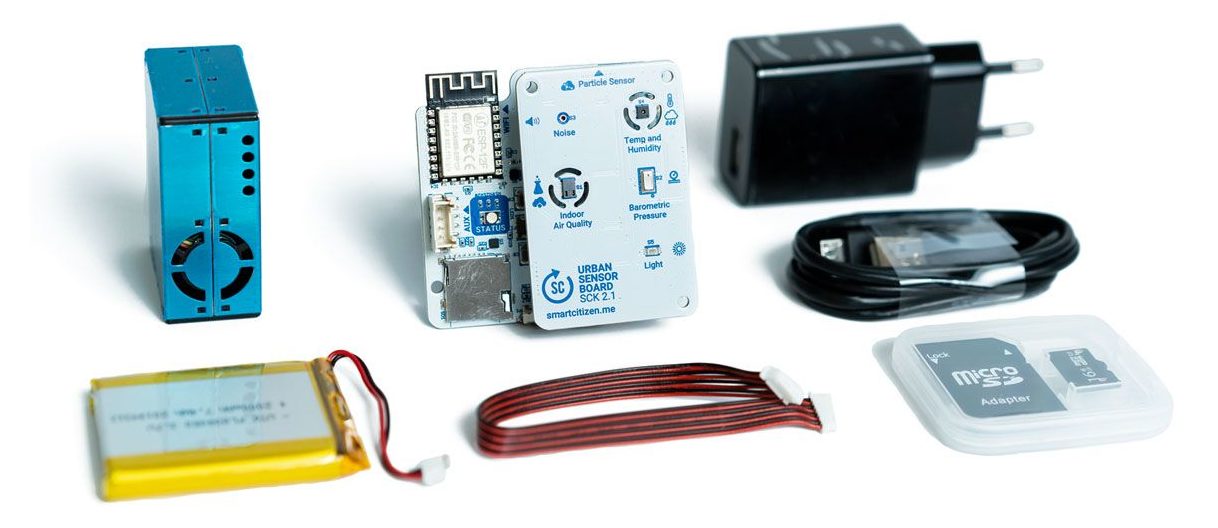
Figure 3. Components of Seeed’s Smart Citizen Kit
So, how did this Project work? The Smart Citizen Project serves 3 types of user groups: local communities/cities, researchers, and governments. First, citizens are encouraged to participate in regular community meetings to figure out common environmental challenges in their region – “Scoping” process. Second, they come together to deeply understand how various environmental sensors can be used to deeply understand the challenges in question – “Planning” process. (Figure 4).
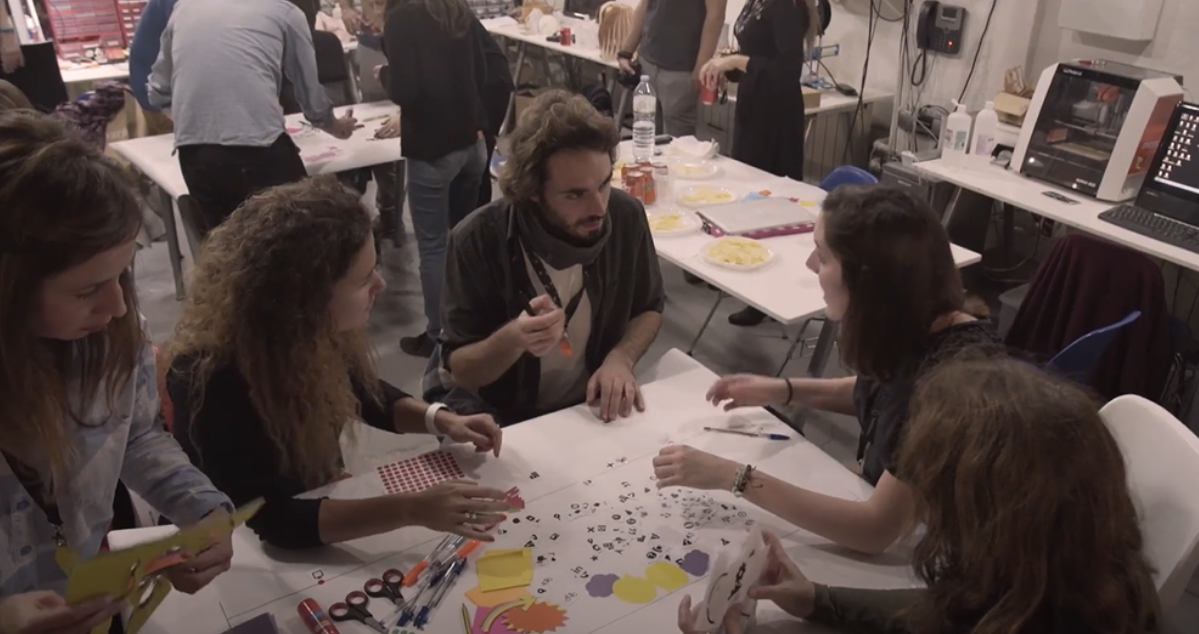
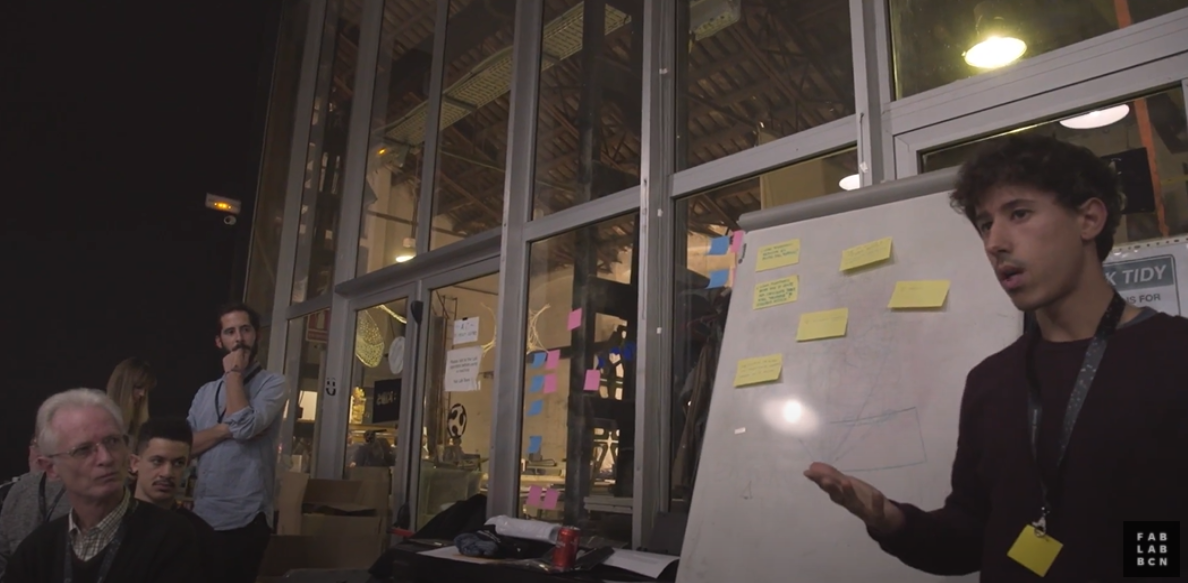
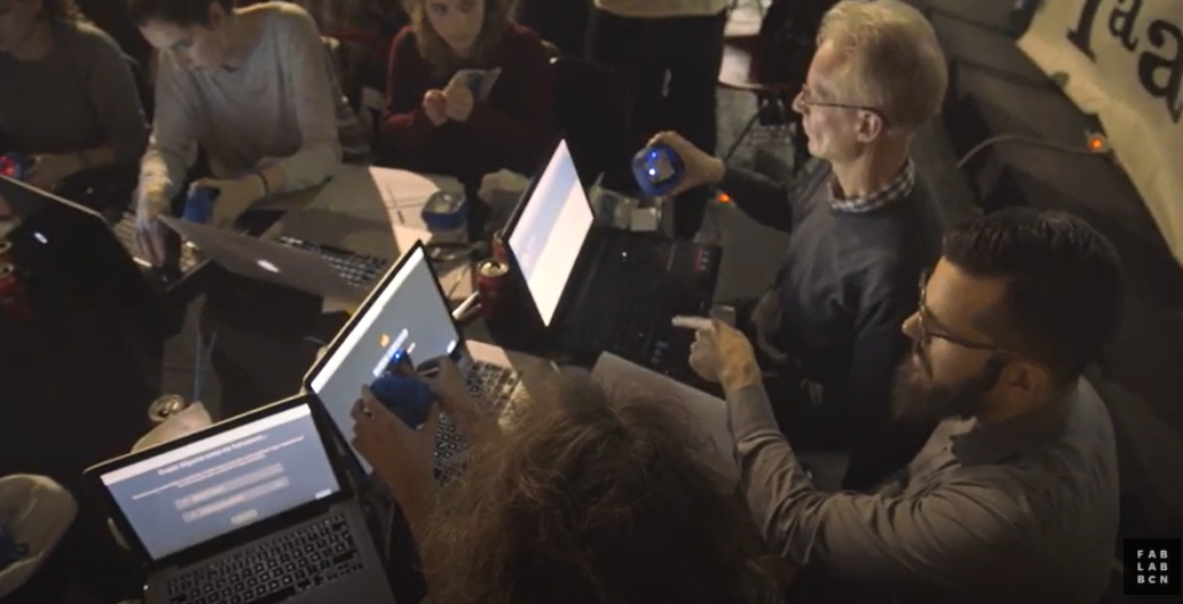 Figure 4. Community Members Having Regular Meetings on Local Issues (Fab Lab Barcelona, 2018)
Figure 4. Community Members Having Regular Meetings on Local Issues (Fab Lab Barcelona, 2018)
Third, the citizens will install the Smart Citizen Kits in selected locations to accurately measure and collect environmental data, and then help them to visualize it for data analysis via its software platform, where the integrated data will be shared with everyone using the platform (Figure 5) – “Sensing” process. With the integrated data, they will analyze the findings with experts to develop a full understanding of the issue in question, such as air, water, soil and noise pollution, gamma radiation, and lots of other environmental factors. Fourth, by putting an emphasis on civic participation on environmental challenges, local governments are encouraged to co-create solutions with citizens and researchers – “Action” process. In total, there were 9 pilot projects implemented in Barcelona of Spain, Amsterdam of the Netherlands, and Prishtina of Kosovo. (Smart Citizen, n.d.).
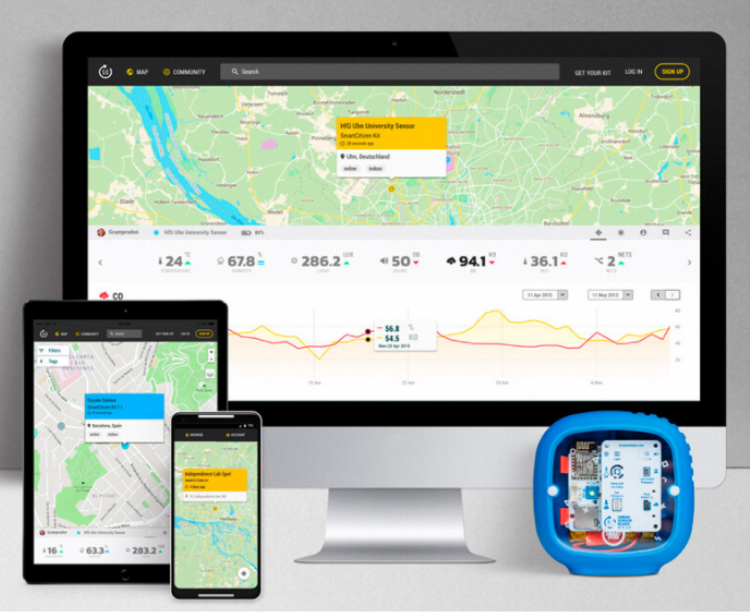
Figure 5. Smart Citizen Project’s Software Platform
As a result of successful cases in the 9 pilot project sites, Smart Citizen Project is scaling up globally. The Smart Citizen Kit is deployed in more than 45 developing and developed nations, including: USA, Mexico, Brazil, Argentina, Chile, Puerto Rico, Colombia, Venezuela, Ecuador, Nigeria, Burkina Faso, Kenya, Namibia, South Africa, Mauritius, Yemen, UAE, Russia, Norway, Denmark, Estonia, UK, Ireland, Germany, Lithuania, Romania, Spain, France, Greece, the Czech Republic, Egypt, India, Nepal, Malaysia, Indonesia, Cambodia, Thailand, Philippines, Viet Nam, South Korea, Japan, China, Kazakhstan, New Zealand, and Australia. You can directly access this link to take a look at where the Kits are deployed in various continents, and if you are interested in deploying Smart Citizen Kit, you can get one from here.
Which SDGs Are Relevant?
While reflecting back on the Project from the perspective of the UN’s SDGs, it is recognizable that holistic, real-time, and transparent data generated from Smart Citizen Kits is essential for measuring and making progress on environmental challenges at local communities (Fraisl et al, 2020). The following SDGs are influenced by this Project the most (Figure 6):
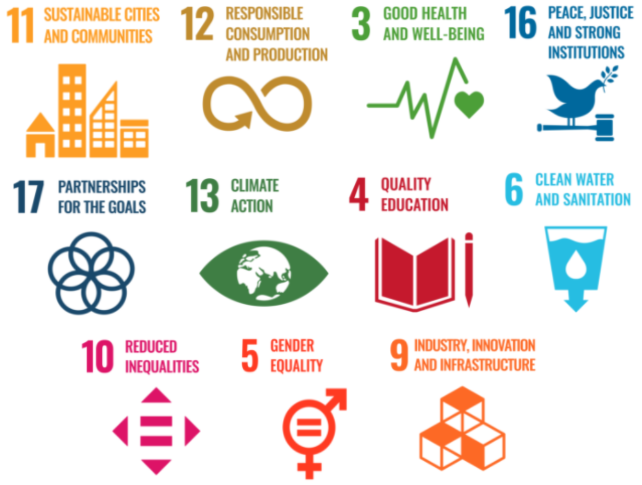 Figure 6. Significant SDGs for Citizen Citizen Project (UN, 2016)
Figure 6. Significant SDGs for Citizen Citizen Project (UN, 2016)
When we just look at the SDGs above, you might wonder why certain SDGs are related to our Project today. To ward off such doubts, it is critical to take a look at the following Targets of the SDGs, which are more specific goals within the SDGs themselves. Through this process, you would be able to gain a better understanding on why 11 SDGs are all critical indicators of sustainability for Smart Citizen Project:
- Upgrade inclusive and participatory management of human settlements by reducing environmental impacts, including air quality and waste management (Targets 11.3 & 11.6)
- Augment the number of cities and human settlements implementing integrated policies for resource efficiency, inclusion, and adaptation to climate change (Target 11.B)
- Enhance environmentally-sound management of chemicals and wastes, and greatly decrease them being released to air, water, and soil, so as to reduce their harmful impacts on human health and their surrounding environment (Target 12.4)
- Empower people to gain access to information on sustainable development and sustainable lifestyles (Targets 12.8 & 4.7)
- Develop tools for monitoring sustainable development impacts (Target 12.B)
- Decrease the number of illnesses and deaths from harmful chemicals, and air/water/soil pollutions by building capacity on early warning, risk reduction, and management of health risks (Targets 3.9 & 3.D)
- Build accountable, effective, and transparent global society by encouraging inclusive, responsive, and participatory decision-making, as well as making important data accessible to the public (Targets 16.6, 16.7, 16.8, 16.10 & 17.18)
- Upgrade North-South, South-South, global and triangular regional cooperation on sharing scientific, technological, and innovative knowledge on achieving SDGs (Targets 17.6, 17.9 & 17.16)
- Disseminate environmentally-sound technologies to developing countries (Target 17.7)
- Facilitate public-private and civil society partnerships (Target 17.17)
- Upgrade education on climate change adaptation, impact reduction, and resilient livelihoods for marginalized local communities (Targets 13.1, 13.2, 13.3 & 13.B)
- Improve water quality by addressing pollution by means of international cooperation on water- and sanitation-related programs (Targets 6.3 & 6.A)
- Empower and promote the social, economic and political inclusion of all, irrespective of age, sex, disability, race, ethnicity, origin, religion or economic or other status (Target 10.2)
- Facilitate women’s participation, create equal opportunities for women on leadership and decision-making, as well as facilitate women’s empowerment by deploying ICTs (Targets 5.5 & 5.B)
- Upgrade scientific and technological capacities of industrial sectors (Target 9.5)
To summarize, Smart Citizen Project teaches us how the multi-stakeholder collaborations among Seeed, Fab Lab Barcelona, Iaac, European Commision, and local citizens in communities can inspire environmental actions at grassroots level worldwide. Together with our partners, we strive for sustainable actions, meaningful paths, and lifelong changes for humanity’s future.
About Author
Ye Seong SHIN
Sustainability and CSR Manager at Seeed Studio
。
Jointly organize/participate in multi-stakeholder projects/platforms/events/webinars/workshops/hackathons/etc. to accelerate SDGs with local communities and open tech anywhere in the world by connecting with Ye Seong SHIN today on LinkedIn.
。
Seeed Studio is the IoT and AI solution provider for all types of traditional industries’ sustainable digitalization. Since its establishment in 2008, Seeed Studio’s technological products and customization services are used for smart agriculture, smart cities, smart environmental monitoring, smart animal farming, smart aquaculture, meteorological monitoring, STEAM education, and all types of emerging scenarios enabled by the Industry 4.0. With the company’s mission to “Empower Everyone to Achieve Their Digital Transformation Goals” (which shares similar values with SDGs’ Motto of “Leave No One Behind”), Seeed Studio is devoted to using open source technologies for accelerating SDGs with multi-stakeholders from UN agencies, academia, companies, CSOs, governments, public/private organizations, and so on. This is why, Seeed Studio also founded “Chaihuo Maker Space”, and started China’s first Maker Movement by annually organizing “Maker Faire Shenzhen”.